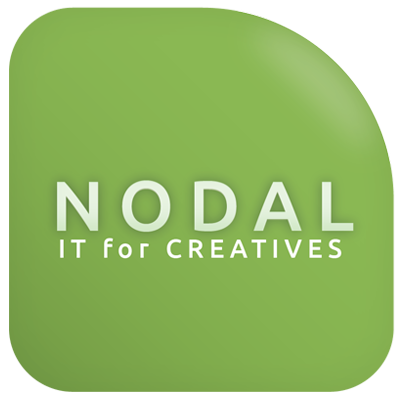Thunderbolt 4 is due to be released this year. That’s right, there’ll be another high speed Thunderbolt connector to consider. Here’s what you need to know.
Thunderbolt was initially released by Intel and Apple (who have since parted ways in hardware manufacturing) as a means of combining DisplayPort and PCI Express. It was a convenient means of merging video output and data transfers into one small port. Then came Thunderbolt 2 in 2013, which doubled the connection speed, but used the same port. Thunderbolt 3 came out two years later, again doubling the speed (this time to 40 Gbps), but now using a USB-C connector.
That was six years ago, and Thunderbolt 3 was widely supported. USB4 had a limited release in 2020 and is expected to gain wider adoption. It also uses USB-C ports, and comes in two forms, USB4 20Gbps and USB4 40Gbps.
The newcomer, Thunderbolt 4, also runs at 40Gbps, similar to the higher speed USB4, but has a few more features.
Thunderbolt 4 can support sending a video signal to two 4K displays, or to one 8K display, an improvement over Thunderbolt 3’s support for only a single 4K display. It will also double the data transfer rate available over PCI-express.
Thunderbolt 4 is also compatible with Thunderbolt 3 and USB4. This is by and large a good thing, meaning that you won’t need to scrap any existing devices for being obsolete, but it comes with an important caveat: if you want to take full advantage of Thunderbolt 4’s speed increases, you need to be 100% certain that everything is made specifically for it. Otherwise, the wrong cable or peripheral could put a sizeable cramp in your productivity.
There are several high speed connectors in play, but Thunderbolt 4 currently promises to offer the fastest data transfer rates, twice the 4k monitors, and has built-in protection against data vulnerabilities that have plagued Thunderbolt 3 hardware.
If you want a more detailed walk-through or want to know how Thunderbolt 4 can enhance your productivity at your business, contact Nodal today!
